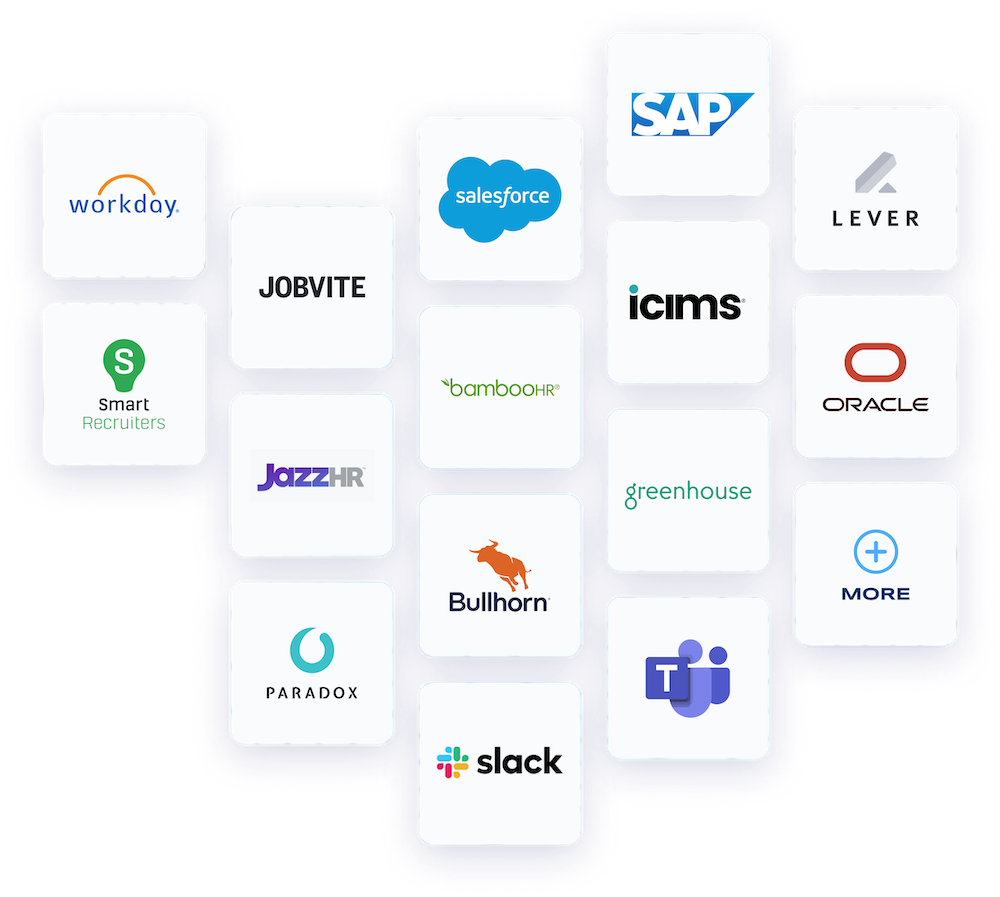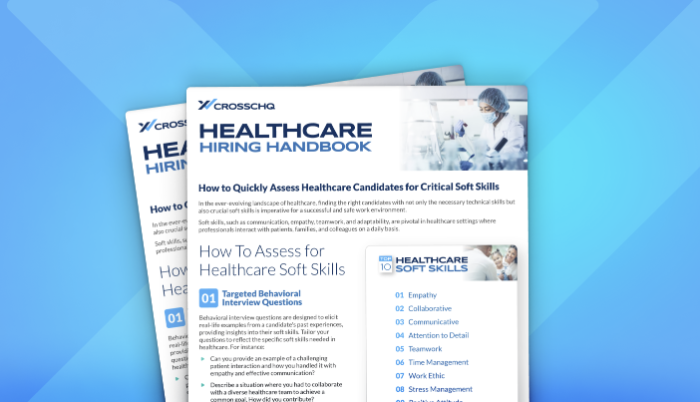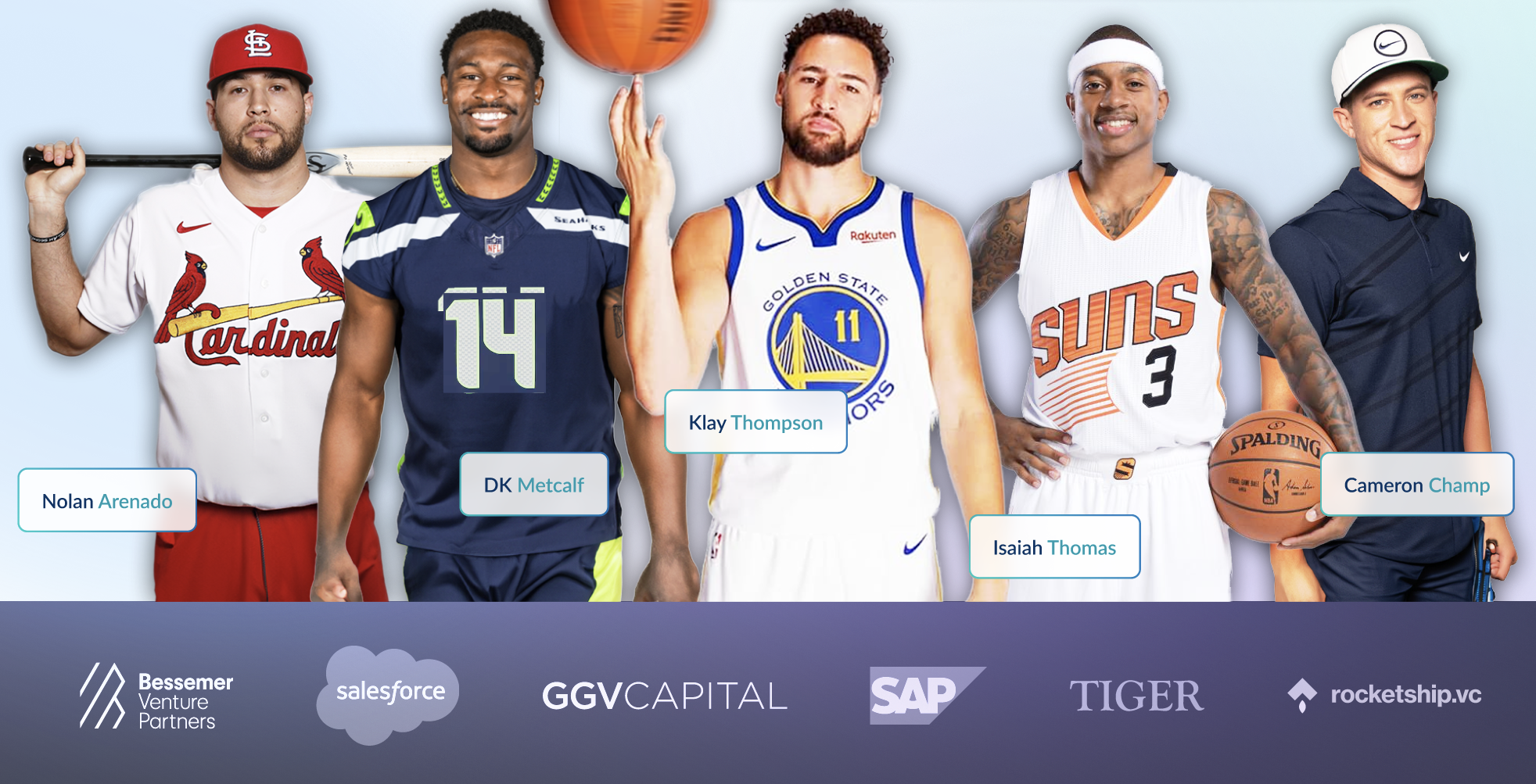

Crosschq Blog
Writing the Perfect Job Description to Attract Diverse Talent

Attracting top talent to your organization is not easy. Competition exists in every industry, and candidates are seeking the best options for a successful career and a comfortable fit within a company that appreciates them. No matter where your openings are posted, job descriptions have the burden of introducing the candidate to the job and enticing them to put their skills to work for you. The perfect job description can help you attract a diverse team that will advance your success in the industry. On the other hand, poorly written job descriptions leave talented candidates confused, offended, or simply not interested.
The skilled labor shortage means the tables have turned in the job market. Companies are struggling to find the most qualified candidates to fill positions, and more often than not, their efforts are falling short. Many CEOs and hiring managers realize that candidate quality is found in a diverse group of employees but still fail to send out the right message. If you are among the 82% of companies that believe they don't hire the right people, your job descriptions may be saying more than you think they are.
Attracting top talent to your company means writing the perfect job description that attracts diverse talent. Learning exactly why your job descriptions turn away qualified candidates and how to change those descriptions can help.
3 Ways Your Job Descriptions Exclude Qualified Candidates
What types of candidates are qualified to work at your company? It seems like a loaded question, but the answer is an overwhelming list including, but not limited to: men, women, non-binary, queer, lesbian, transgender, veterans, young, senior, disabled, bilingual, multi-racial, intelligent, eager to learn, kind, open, friendly individuals are all qualified to work in a variety of positions. Yet, many feel excluded from job descriptions due to the way those descriptions are written.
According to McKinsey & Company, non-inclusive job descriptions cause companies to lose 39% of job applicants. To be more specific, these respondents say they have decided against pursuing a position because they felt the company would not be inclusive.
- Men: 44%
- Women: 38%
- Ethnic or Racial Minorities: 45%
- Non-Minority Respondents: 38%
- LGBTQ+ Respondents: 50%
- Non-LGBTQ+ Respondents: 38%
Presumably, the majority of companies that think they do not attract the right people are not trying to exclude this talent. So, where do things go wrong? Consider these common ways that job descriptions can eliminate different groups of qualified candidates.
Biased Job Descriptions
Unconscious biases (also called implicit biases) are social stereotypes about certain groups of people that individuals form outside of their conscious awareness. Individuals are unaware of unconscious biases, and they often go against that person's conscious values. Deloitte's 2019 State of Inclusion survey revealed that 39% of employees experience bias at least once a month. When these biases creep into job descriptions, they can be easy to overlook.
Unconscious biases are not always race-related and may be revealed in job descriptions in these ways:
- Gender bias with the use of specific pronouns
- Racial bias with terms like native English speaker
- Biased adjectives (like aggressive, dominate, or confident) that may be associated with men
- Biased adjectives (like nurturing, supportive, and compassionate) that may be associated with women
- Phrases like see, speak, lift, carry, walk, and drive can eliminate disabled candidates who are capable of recognizing, communicating, moving, and accessing transportation.
- Age bias is often revealed in terms like able-bodied, digital native, recent graduate, energetic, and young.
.png?width=1140&name=Blog%20Images%20-%2010.20.21%20%231_candidate%20JDs%201140%20x%20640).png)
Too Many Qualifications
A statistic commonly quoted from a Hewlett-Packard study revealed that men apply when they meet just 60% of the qualifications in a job ad, and women apply only if they meet 100% of them. With that in mind, creating an extensive qualifications list might not provide you with the most qualified candidates.
For instance, a requirement that asks for experience with specific software could eliminate qualified candidates who could easily be trained. Listing job requirements that aren't essential to the job function can discourage quality candidates from applying.
Failure To Highlight Inclusive Benefits
The words that you leave out of a job description can be as intimidating as the ones you've included. Adding a description of flexible working practices, accommodations, and benefits can help candidates see how a company's values align with their own. From mission statements that define your company as an equal-opportunity employer to clearly defined parental leave benefits, your company's inclusivity efforts should be mentioned in your job descriptions.
How To Write the Perfect Job Description for Diversity and Inclusion
After learning how your job descriptions might be turning away qualified candidates, you'll want to consider the actions you need to take to write inclusive job descriptions. Writing the perfect job description for diversity and inclusion requires leaving out certain words while adding different incentives.
Consider these tips to get started:
- Begin with your goal in mind: Understanding who you want to apply for the position can give you a better idea about how to write the perfect job description.
- Expand your reach with targeted job postings: Traditional job sites may not be reaching a diverse group of candidates. Posting in different languages, reaching out to Veteran's Employment Representatives, and posting on non-traditional boards can help you reach more candidates.
- Rethink required qualifications: Only 16% of new hires have the skills needed for both their current and future roles. This means job descriptions with specific hiring requirements eliminate a large portion of candidates. As technology causes rapid changes in every role, employers need to hire based on skills and provide learning and advancement opportunities within the company.
- Include your company's commitment to EDI: Sharing your company's benefits and accommodations that show the organization's commitment to equity, diversity, and inclusion is more likely to attract a diverse set of candidates.
- Use gender-neutral job titles: Terms like businessman, salesman, craftsman, fireman, and stewardess, and others are outdated and not appropriate. Change these terms to indicate that the job is open to all candidates.
- Avoid industry buzzwords: Industry-specific terms and acronyms can quickly become confusing and frighten away candidates with the qualifications required for the role. Assuming that experienced professionals would know and use the common terms limits your candidate pool.
- Seek referrals based on specific job matching criteria: Candidate referrals can increase your options for attracting recruits. Since women and minority candidates are less likely to seek referrals from colleagues, a candidate referral network is more likely to include a diverse talent pool.
- Be careful with adjectives: A 2019 LinkedIn study revealed that using the word "aggressive" in job ads to describe the ideal candidate discourages 44% of women and 33% of men from applying.
- Include accommodations that appeal to working parents and disabled candidates: Highlighting opportunities to telework if your company is back in the office or take advantage of flexible hours can appeal to qualified candidates with disabilities or demanding schedules.
Words & Phrases that Discourage Applicants from Diverse Backgrounds
Unconscious bias is revealed in the way everyone communicates. It's difficult to recognize and easy to repeat in a position where you write many job postings each year. The wording in job descriptions is cultivated from a variety of sources that seem professional but can be dated, unclear, and even offensive. These words and phrases often unintentionally imply that companies are seeking a certain type, gender, or race of candidate, and others need not apply.
- Clean-shaven: This descriptor automatically suggests men only and eliminates candidates whose faith requires them to maintain facial hair.
- Native: Often used with the term "native English speaker" when seeking candidates who simply speak fluent English.
- Fast-paced, energetic, digital native: All of these terms suggest that older candidates need not apply.
- He or she pronouns: Gender binary pronouns automatically reduce your applicant pool by more than half.
- Requires a valid driver's license: Disabled workers who don't drive can be eliminated with this requirement when it technically only requires an employee to have access to reliable transportation.
- Unicorn/Ninja: Using generic terms to indicate success can imply gender preferences. By removing gender-coded words from job postings, companies see nearly 30% more applications per job.
- Student/Mature Person: These terms signify a specific age group.
Diversity in the workplace increases employee morale and improves customer relationships. Writing the perfect job description that promotes inclusivity for all qualified candidates requires a different outlook. Consider the many applicants that will see your description and ensure you're writing a description that speaks to them.
Inclusive job descriptions lead to a diverse candidate pool with the qualifications to help your company succeed. Companies seeking top talent must improve recruitment tactics and rely on technology to improve hiring success that includes a diverse market.
Looking to hire a better, diverse team? Ask how you can hire up to 95% faster with Crosschq. Schedule a free consultation today.
Take the Guesswork
Out of Hiring
Schedule a demo now



%20-200x43.png)








